In Australia, the interconnected grid frequency is held to a nominal frequency of 50 Hz, to be within ± 0.15 Hz 99% of the time. The accumulated time error may not be more than five seconds.
Excerpt from the AEMO Frequency Report Reference Guide:

The various Australian power utilities do a pretty good job of maintaining the target frequency and accumulated time error within the stated limits. AEMO publishes reports on this monthly - for the month of June 2013 the accumulated time error in Queensland varied between + 2.40 and -3.77 seconds.

From this, we can conclude that the 50 Hz power system frequency is an OK clock signal - but only so long as your time-keeping device has uninterrupted access to the power grid!
Here is a list of conditions that may cause you to lose your mains power, and therefore your time reference:
- Someone turns off the mains power switch to your device
- A circuit breaker trips in your house
- The power goes out on your street
- A transient fault occurs on the distribution network - enough to result in a brief 200ms auto-reclosing cycle
- A major fault occurs on the transmission network - the grid goes black in your area
You would almost certainly be better off finding some other way to keep time. A GPS time receiver (ref. "IRIG B") is common in applications where precise time keeping is required, such as power systems protection relaying.

